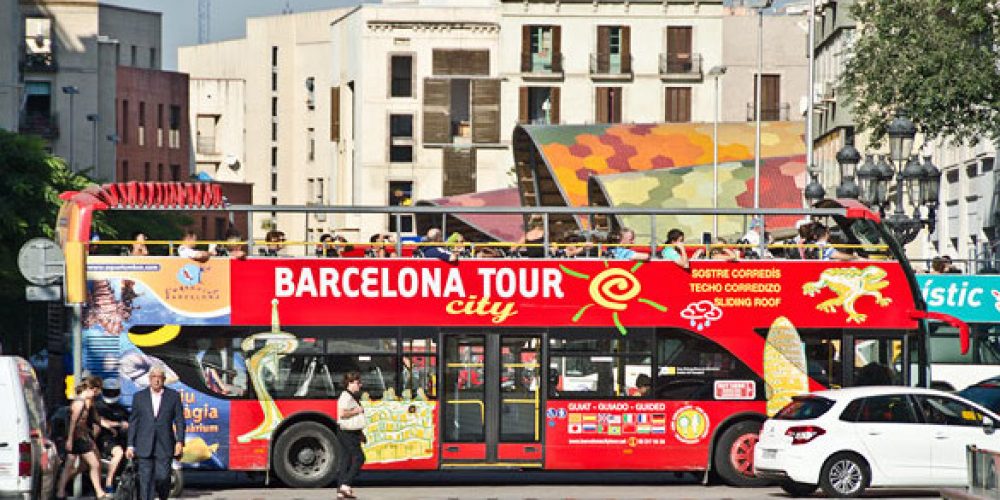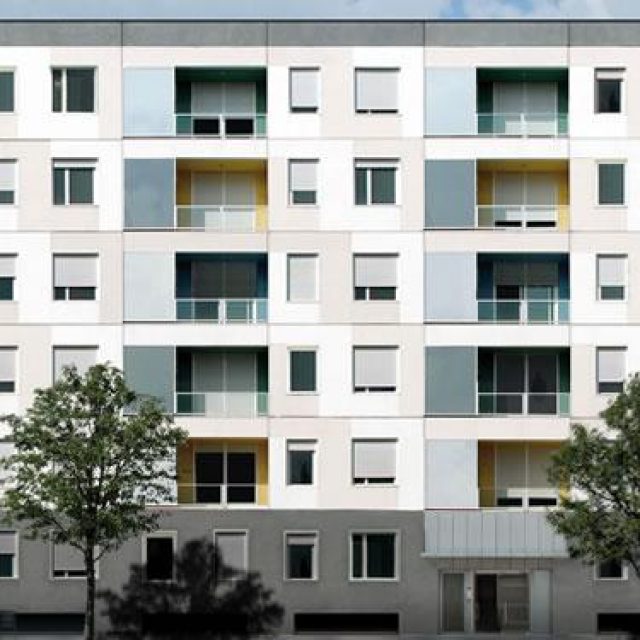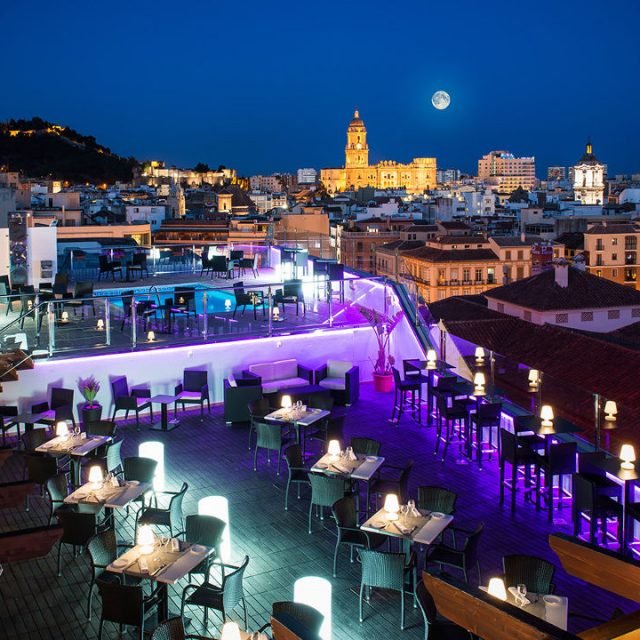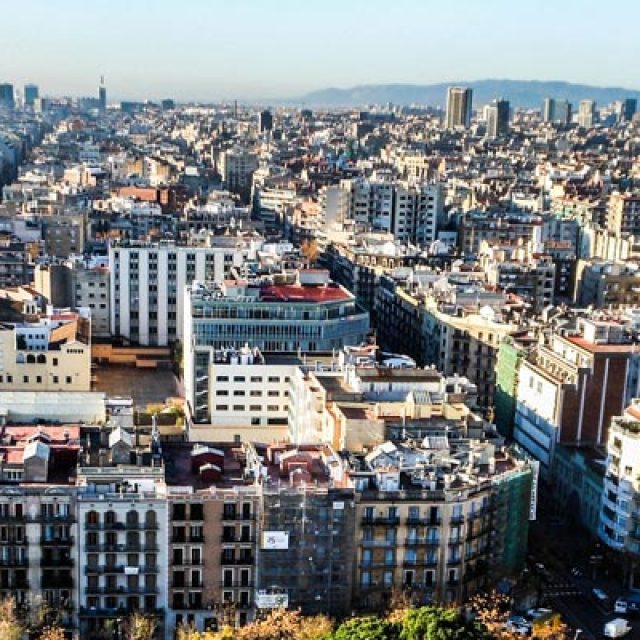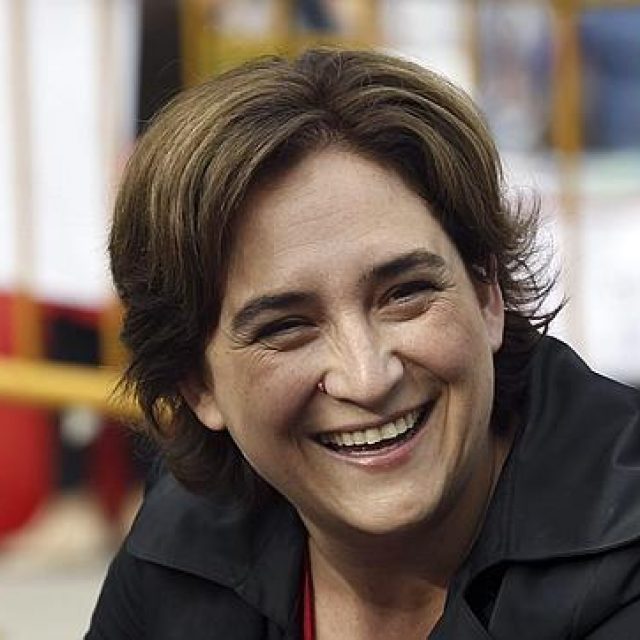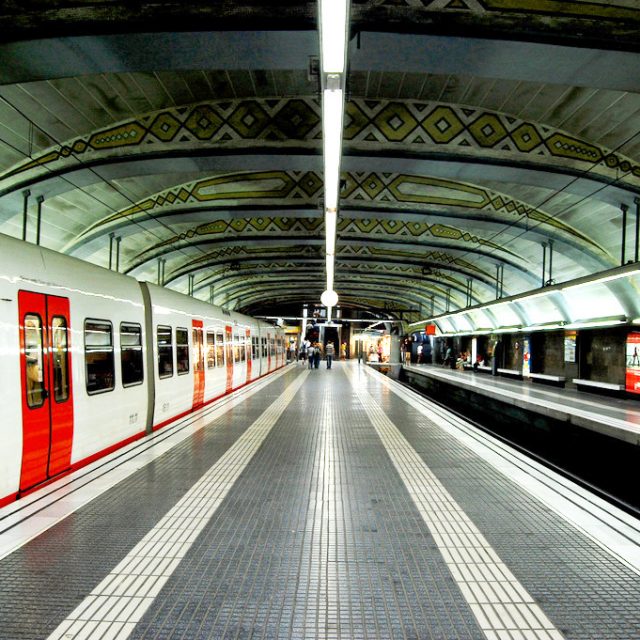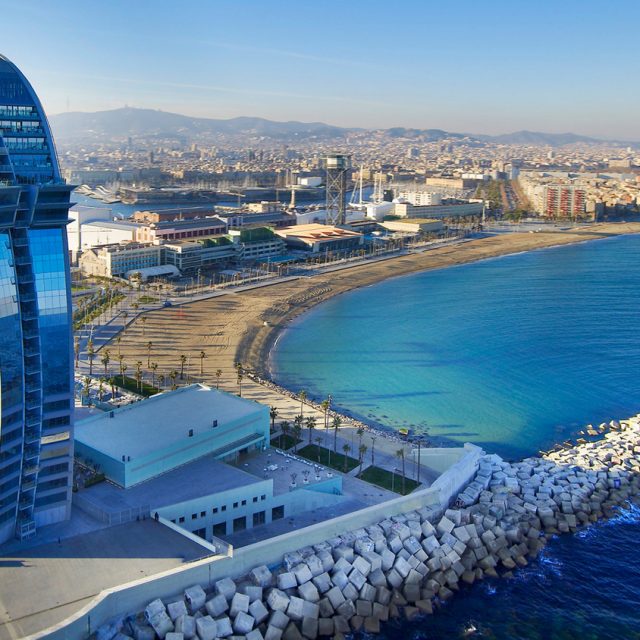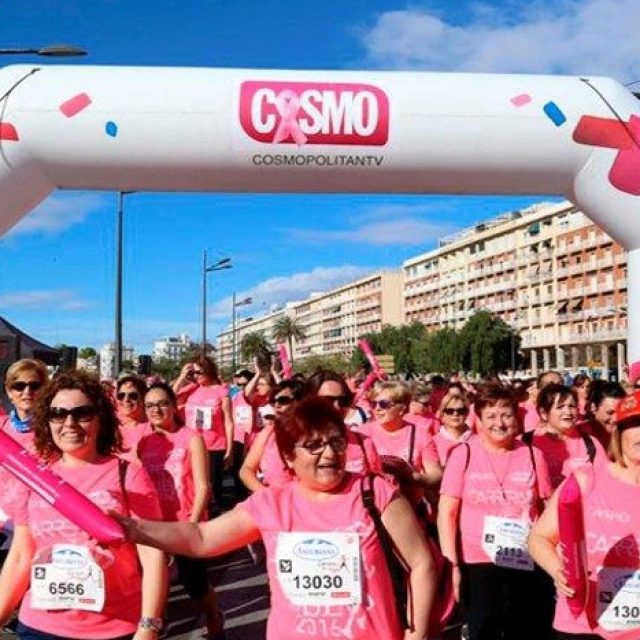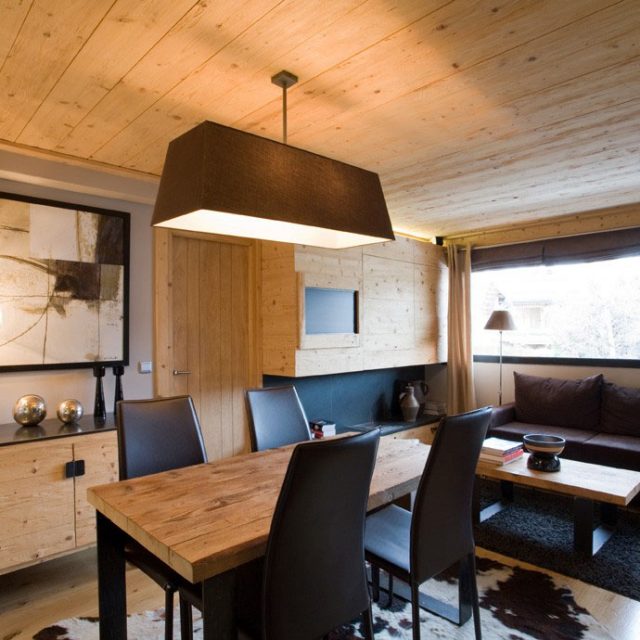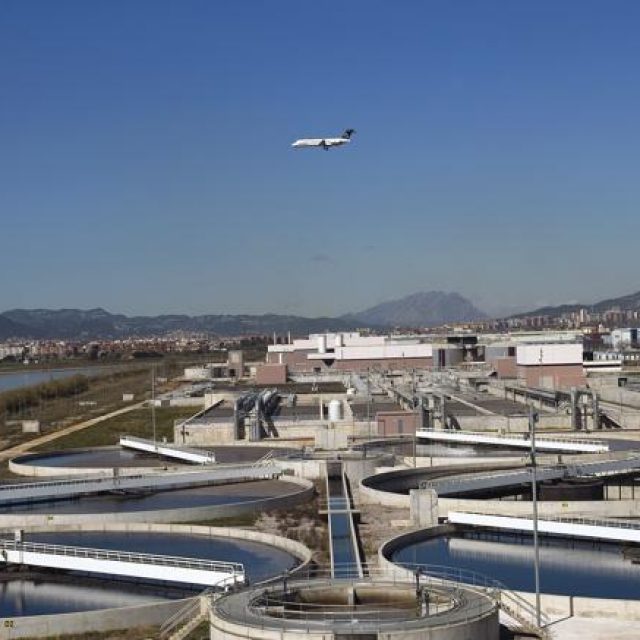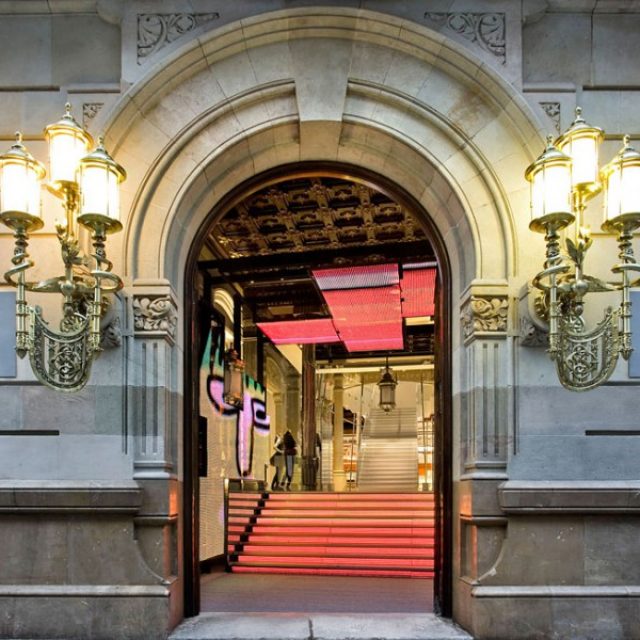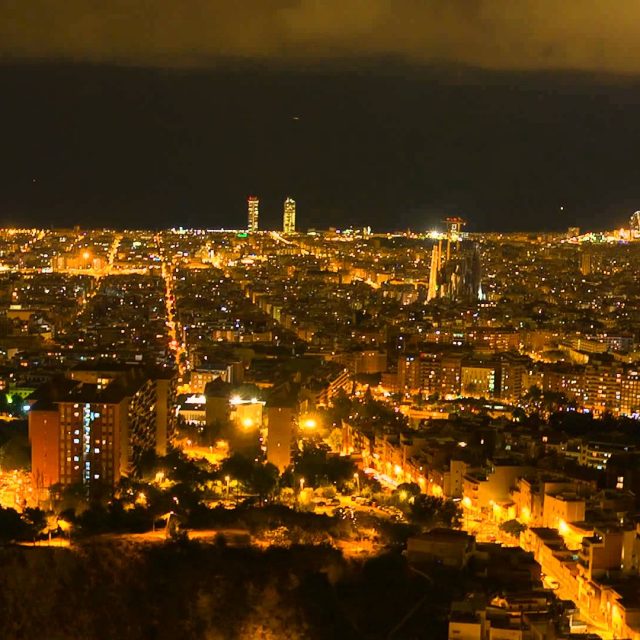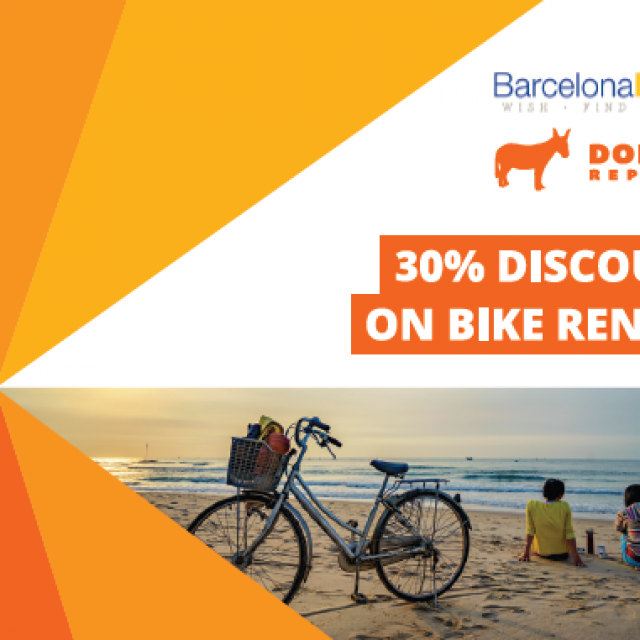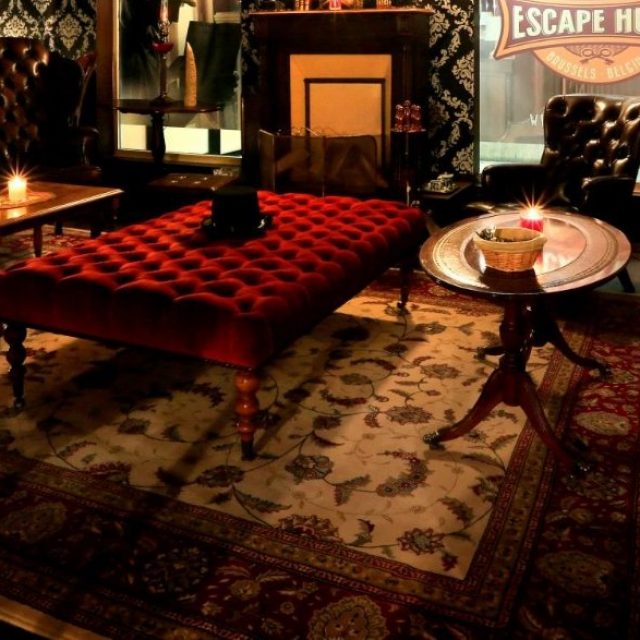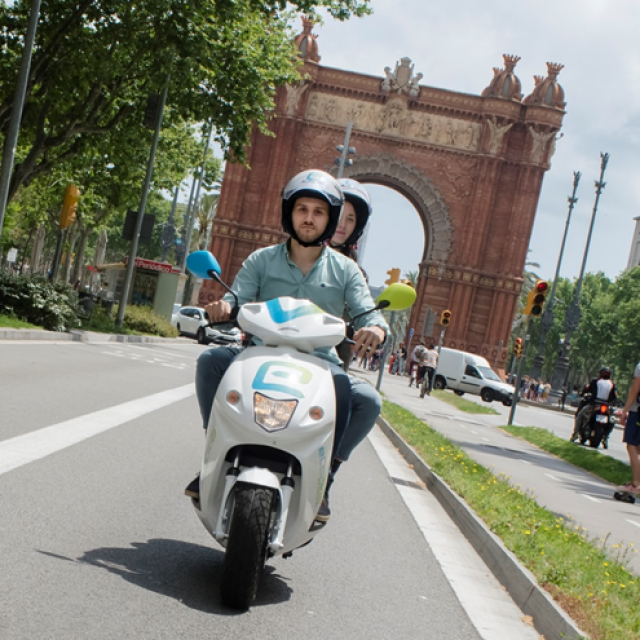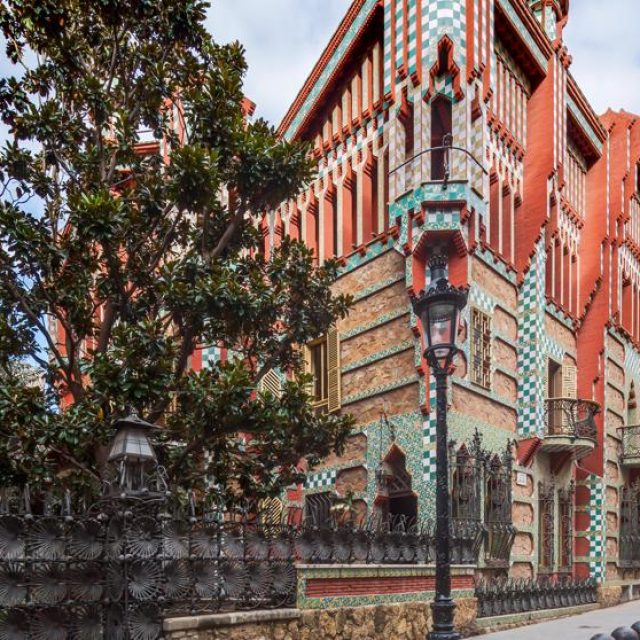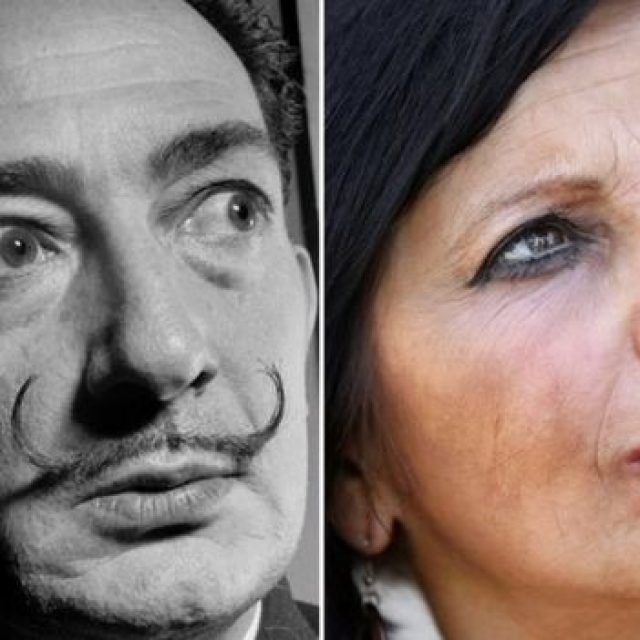To solve mobility problems caused by the large influx of visitors, RACC suggests to limit access to a large central quadrant of Barcelona!
Until now, the debate on tourism overcrowding Barcelona, reopened by the municipal government of Ada Colau, has focused almost exclusively on issues related to accommodation. The plan of the government was presented a few days ago, marking the end of a process initiated on July 1st, 2015, and began by applying the suspension of new licenses for hotels and other tourist establishments. However, this plan fails to tackle other issues, among these the mobility problems caused by the large influx of visitors in certain areas of the city. Yesterday the Royal Automobile Club of Catalonia ( RACC ) put this issue on the table and suggested, based on previous studies, a number of proposals. Among the highlighted suggestions was to regulate the activity of coaches by limiting access to a large central quadrant of Barcelona, bordered by the streets Numancia i Tarragona, on the one hand, and Sardinia, on the other, the Ronda General Mitre, at the top, and Parallel avenue, Passeig Colom and the street Doctor Aiguader in the area nearest to the coast. This limitation suggested by RACC would not affect the regular lines of intercity public transportation or the tourist buses and would ensure access of vehicles to the bus terminals at Sants and Nord stations.
The act of limiting the access of coaches in this central area of the city should be accompanied, according to the RACC, with other measures. Among the suggestions of the auto club is the expansion of the space reserved for pedestrians on the main tourist routes and the regulation of cycling tours and other light vehicles, and providing more tourist information about the orthogonal bus network of TMB as an alternative to the Metro and expanding these information points. Other proposals have to do with improving the quality of signage throughout Barcelona (informing people on the location of parking areas), creating parking deterrents intended for visitors entering the city, connecting tourist buses with various parking lots, and regulating the circulation of taxis during the winter period in order to avoid the saturation of certain stops and the movement of empty cars.
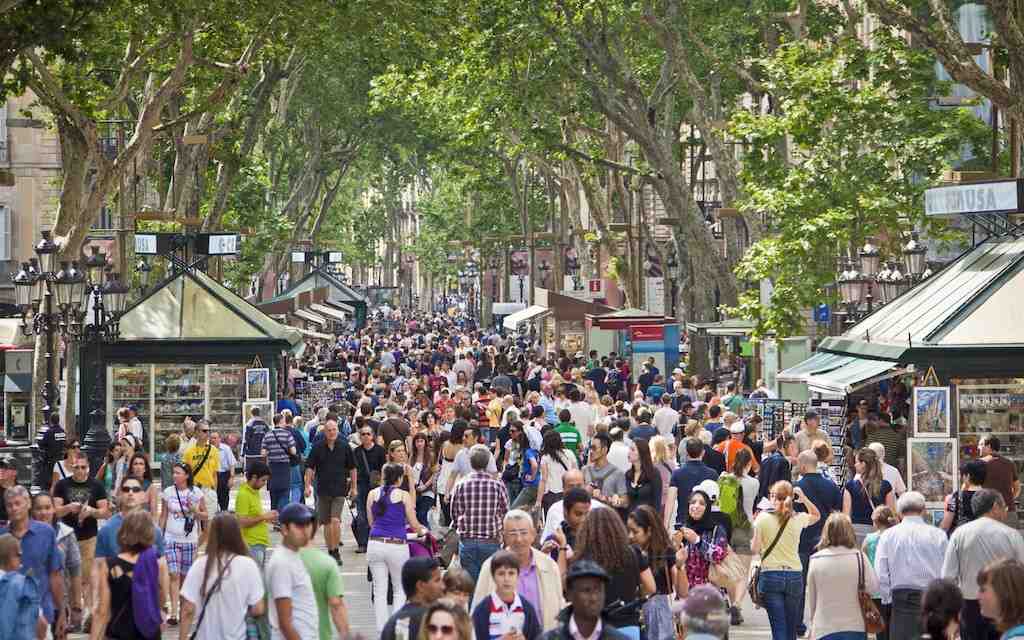
Studies of the RACC and the Barcelona Tourism Consortium indicate that movements made by visitors to the city (300,000 to 600,000 daily trips) represent between 7% and 12% of the total movement within Barcelona. More than half of these movements (55.7 %) are made by metro.
In the previous mandate, the government Xavier Trias began to consider whether to regulate the transit of tour buses around the city. One of the measures that were carried out was to move away from the Sagrada Familia the vehicles of those visiting the Sagrada Familia by limiting parking places there. A later one was to remove places for vehicles to stop in Plaza Ramon Berenguer, which was causing congestion on Via Laietana and the corridor between the port, Eixample and Barceloneta.
The study of the RACC, which includes a telephone survey with the residents of Ciutat Vella, la Salut and and Sagrada Familia (one hundred surveys per district) reveals the existence of large crowds of pedestrians near major tourist attractions and pedestrian areas such as Via Laietana and the Ramblas. In some cases, as is evident on Via Laietana, the area for pedestrians is insufficient. Residents who move around on foot are those whose mobility is most affected by tourism (41% of the total admitted discomfort), although in the case of Ciutat Vella it reaches 46%. In contrast, only one in three citizens who regularly use a car say their mobility is affected by tourists. Residents in neighborhoods saturated by tourism represent a majority in favor of action to be taken by the RACC. Thus, 75% of interviewees would be happy about the regulation of the movement of tourist coaches and more than half applauded the expansion of space for pedestrians.
Source: La Vanguardia
Photo Credit: heartofavagabond.com<
Featured Photo Credit: lineoz.net

